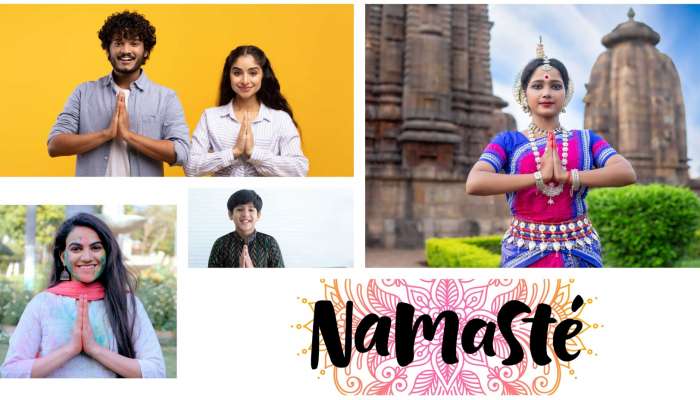

Muscat: Visiting India is nothing short of an adventure in Wonderland. The most populated nation in the world and the biggest democracy, India is a civilization that houses many cultures. Walking through its streets is like taking a tour of a living museum as India amalgamates its ancient traditions with the modernity of large corporate offices and grand educational institutes.
This reporter of the 'Times News Service' recently had the good fortune of visiting India as part of its External Affairs Ministry's initiative to strengthen the Oman-India relations. One of my first meetings was with the Deputy Minister of External Affairs of the Republic of India - Dr. Awsaf Saeed, who emphasized that the friendly trade relations between the two countries date back to hundreds of years. He mentioned that 6,000 Indian companies operate in the Sultanate, and the Oman-India trade exchange has increased by 9.99 percent in the last two years.
Oman's Ambassador to India, His Excellency Essa bin Saleh Al Shaibani with the author Jumana Alzaabi.
I also met Oman's Ambassador to India, His Excellency Essa bin Saleh Al Shaibani who stressed that under the leadership of His Majesty Sultan Haitham bin Tariq, the Omani Embassy is playing a big role to enhance cooperation, communication and friendship between the two nations.
Fragrance of India
I did not feel far from home as the scents of Indian oud attracted me while walking through the aged streets of Bangalore. It reminded me of an evening tour on the Corniche Muttrah that overlooks the incense burner structure at Riam park peeking from behind the mountains.
The cheerful greetings of 'Namaste' throughout the country, made me feel at home despite my longing for friends and nights at Muscat. As I explored the capital city of New Delhi, the simplicity in people's faces and the warmth in their laughter made me understand why 'Delhi' literally means a place where "people with good hearts" live.
The city that never sleeps
Walking through the traditional souq like markets of Chandi Chowk in Delhi, I marveled at the sparkling saris worn by Indian women, even as my taste buds exploded with a mouthful of Gulab Jamun dessert. The scents of spices and curry chased me through the noisy streets full of small yellow autorickshaws called Tuk Tuk by the localites. In the hustle and bustle of Delhi, hundreds of motorcyclists crowd the roads in a never-ending chase to catch up with the fast-paced life of the city that never sleeps.
Situated on the banks of the River Yamuna, Delhi offers a variety of cuisines, dialects and clothes making it a perfect embodiment of India's diversity on the religious and cultural spectrum.
The Taj Mahal is an Islamic ivory-white marble mausoleum.
Taj Mahal
The visit could not have been completed without visiting the world famous icon of love - the Taj Mahal. Celebrated as one of the seven wonders of the world, the Taj Mahal is an Islamic ivory-white marble mausoleum built in the city of Agra. Commissioned in 1631 on the orders of Mughal Emperor Shah Jahan, the monument commemorates the king's love for his wife Mumtaz Mahal. The Taj Mahal is a jewel and marvel of Islamic art in India and continues to draw a huge crowd of tourists till this day.
As my trip came to an end, I returned not with a good bye but with a promise to visit again. The familiar and the novel aspects of the Indian culture has piqued my curiosity to explore this land of wonders.